Do you power your warehouse forklifts with propane? Do you have propane cylinder storage on-site? If yes, then you need to have complete know-how for their storage to ensure the safety of your gas cylinders.
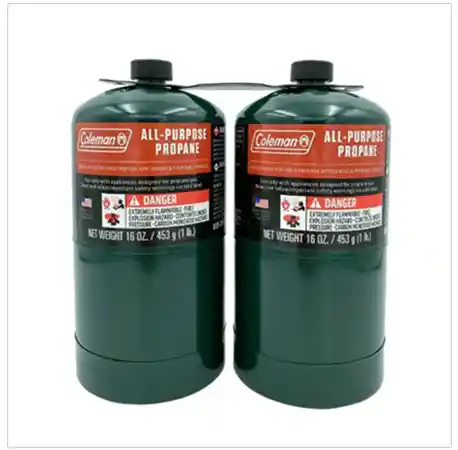
Propane storage cages are utilized to expand propane tanks’ lifespan and guard them against any hit or drop, avoiding destructive workplace accidents. Would you like to know about chemical safety methods, especially for your propane tanks? If yes, then you will be glad to know that this article is all about propane safety and storage principles to protect your property, employees, and visitors.
A gas cylinder cage is the main component of correct propane storage. Being a dangerous flammable material, propane carries a fatal explosive force, if handled wrongly. By using a gas cylinder cage for storing your propane, a protective structure builds around canisters, preventing them from puncturing, knocking over, or bumping.
Even a minute hit to a propane gas tank can cause hazardous consequences, such as cylinder leak, collapse, or rupture that can result in a big blast, putting nearby individuals, equipment, inventory, and premises at risk.
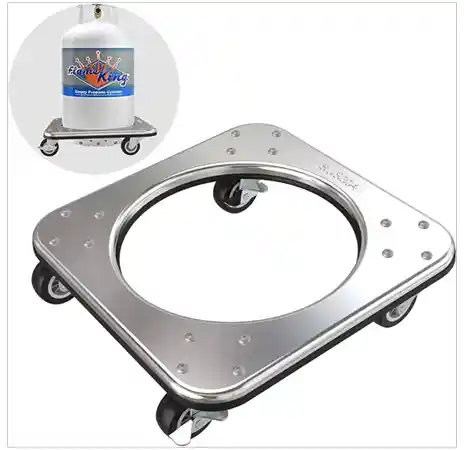
It is highly required to store the propane cylinder carefully and follow all the necessary instructions. Some of them are given below:
After storing the cylinder properly, you should also learn some usage and transportation instructions, which are discussed further.
These cylinders contain high-pressure gas, and they are meant to last. Whether used at home, on holiday, or at work, there are some safety measures that are to be followed while using and transporting them. These safety guidelines are listed further:
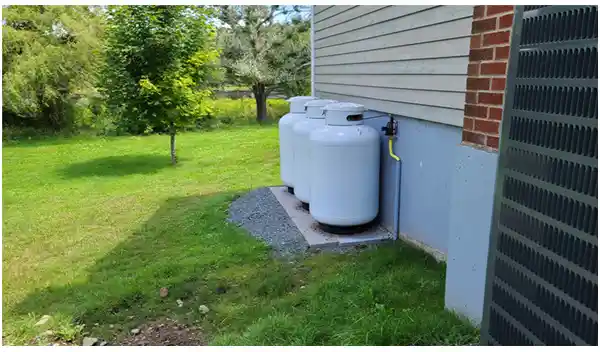
Propane cylinders should be handled properly while using them by remembering the following points:
These were the instructions related to usage. Further, let’s understand some transportation safety measures of Propane cylinders.
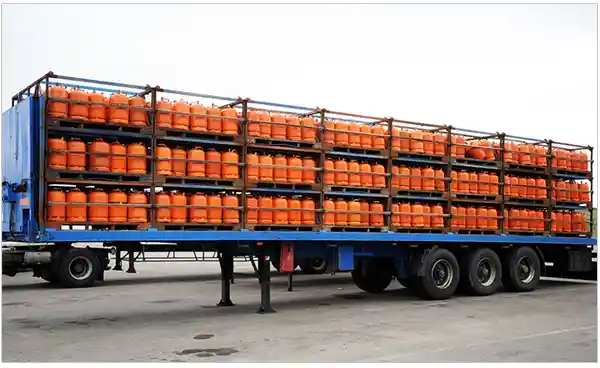
Transporting a propane cylinder is much more than packing and protecting the furniture. This is something that can cause severe accidents if not handled with utmost care.
Hence, we can conclude that propane cylinders may look sturdy, but they can still be easily damaged. So, it is required to go through gentle and careful handling with them while using and transporting them.
OSHA (Occupational Safety and Health Administration) has introduced a long list of requirements for propane tanks to ensure their proper handling, storage, and transfer. You can fulfill all these requirements by putting propane tanks in gas cylinder cages.
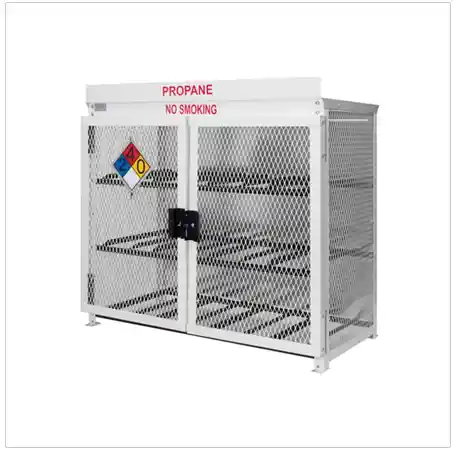
These days, it’s quite easy to find durable, OSHA-compliant gas cylinder cages for proper storage and safety of your gas cylinders. Manufacturers of gas cylinder cages always keep OSHA requirements in mind when manufacturing their products.
For instance, manufacturers have incorporated a front door and mesh sides in gas cylinder cages for good ventilation. They have strong roofs to protect cages from falling stuff. Also, they have a lock to restrict the usage and handling of propane tanks. With a lockable latch, only well-trained and authorized employees can access the propane cylinder cages.
The best thing about gas cylinder cages is that they can also store other chemicals, like nitrogen, acetylene, or carbon dioxide. These gas cylinder cages can store up to 2, 4, 8, or 16 cylinders. They come in fully assembled form, and are, thus, ready for use.
You will be glad to know that you can also order custom gas cylinder cages. Isn’t it great? Yes, it is! Just make sure to look for compliance with OSHA’s requirements when buying a gas cylinder cage for your workplace. Contact a trustworthy manufacturer to get the best gas cylinder cage.
The list of OSHA requirements is long, but at least some basic safety measures can be followed from it. Here, we tried to cover the important instructions regarding the storage, usage, and transportation of propane cylinders with the aim of decreasing the rates of avoidable accidents that are caused by improper treatment with these highly inflammable gas cylinders.
